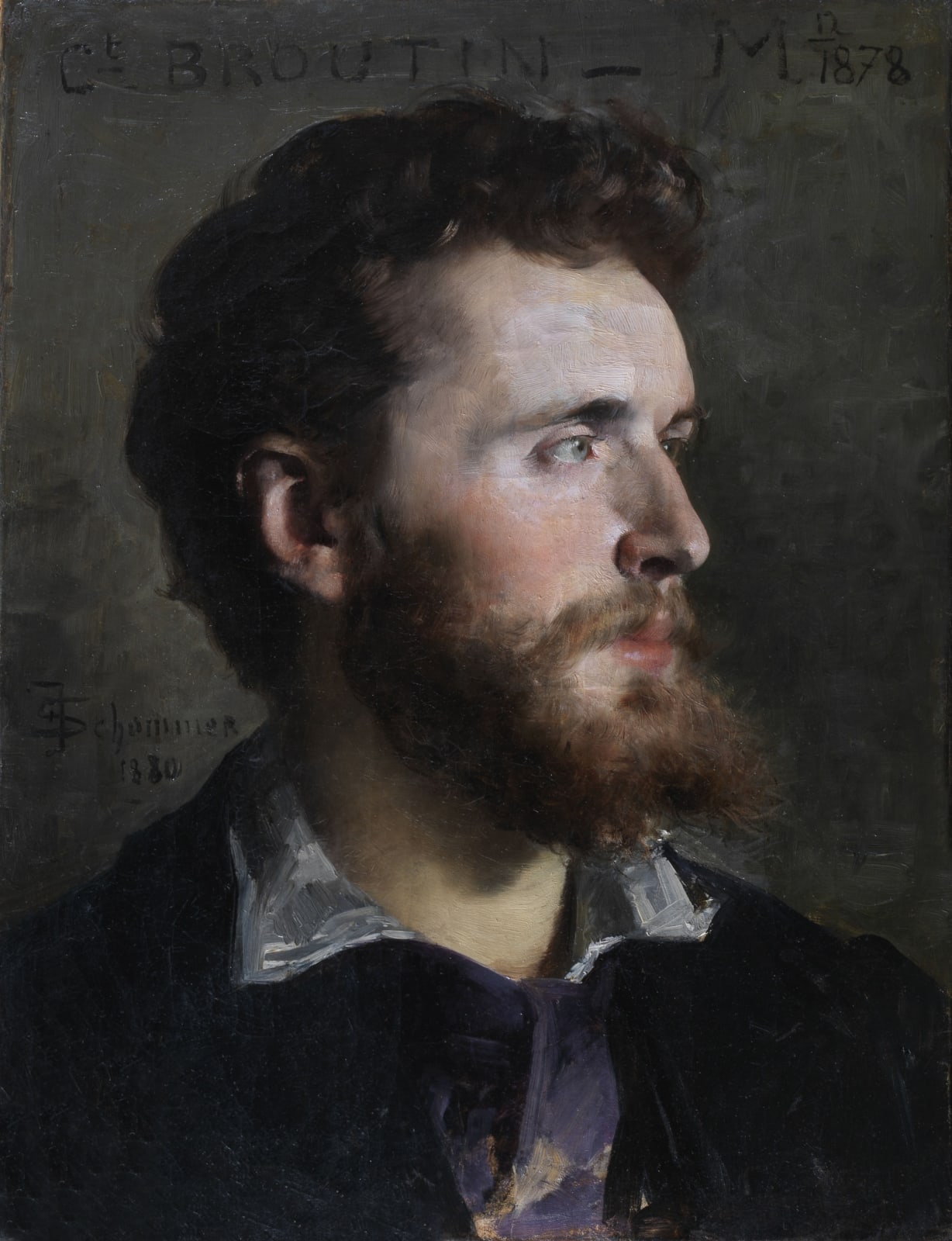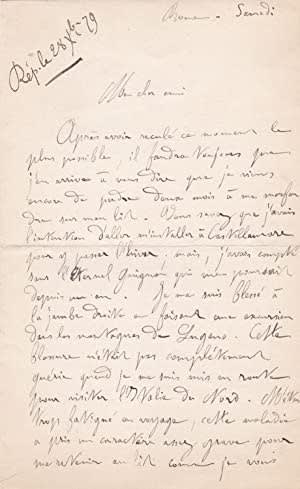Jacques Antoine LEMOINE (attributed)
Portrait of the violinist Jacques Pierre Joseph Rode, c. 1810


Fig. 1 - Cover of the score La Fille de Jephté, which won the Grand Prix de Composition Musical, 1878

[1] The Album Mariani, Figure Contemporanee was a publication, on the initiative of Angelo Mariani, inventor of the homonymous wine, of illustrated biographies of illustrious contemporary figures from the years 1894 to 1925. Fourteen volumes were published, containing more than 1,000 entries.
[2] Jean-Claude Daufresne, Théâtre de l'Odéon : architecture, décors, musée, Mardaga, 2004, p. 198.
Subscribe to our newsletter to receive all the news about exhibitions, fairs and new acquisitions!